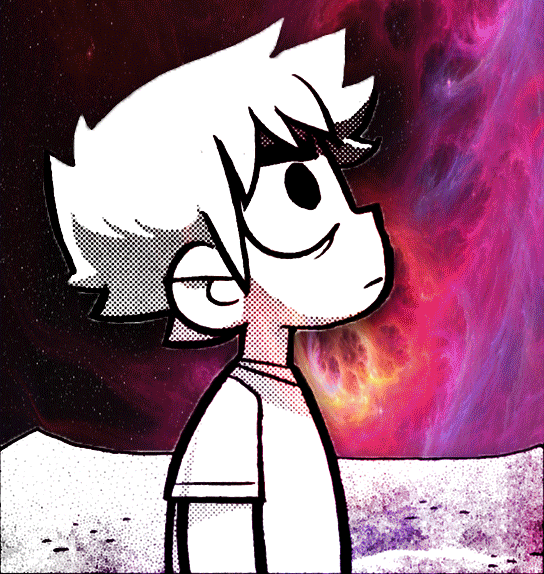Film audio - Surround Sound
- Justin Dando

- Jun 3, 2019
- 3 min read
Hey all so I started a bit of a new chapter in my post production audio adventure. The last couple of months I've been focusing on game audio but now I'm having a more of a look at film sound and I learned quite a lot recently which I thought I'd share with you.
I thought I'd start with the difference between listening to something in stereo (which has been my audio world) and listening to something in surround sound. Stereo as we all know is signal coming from a left and right speaker which you are able to pan between and separate elements within that stereo space. Surround sound today uses a minimum of 6 speakers to separate even further and surround the audience in a sphere of sound. The most common forms of surround sound are 5.1 and 7.1 as pictured below with 5.1 on the left and 7.1 on the right.
As you can see the difference is all in the amount of speakers we have access to which gives us in audio more space to play with. It's useful in so many ways, most commonly the new addition of the center speaker allows us to have a dedicated dialogue speaker. Dialogue is a crucial part of telling any story and having that dedicated speaker allows it to stand out more as it doesn't have to share space with any other audio. Also with the addition of speakers behind the listener we have more space to make immersive ambience. Stereo speakers are limited by their direction and scope while surround sound systems grant us so much more space to use and unlimited creative possibilities. Also to note is the .1 of 5.1 and 7.1 which is the sub-woofer system included in these setups. Sub-woofers allow films to have booming bass that adds so much more to building tension using undertones (really low notes that are commonplace in most films) and adding plenty of meat to explosions and other special effects. While researching 5.1 and 7.1 systems I remembered hearing about a new surround system called Dolby Atmos. Dolby atmos intrigued me because not only did it use surround sound to give the listener a more immersive experience it went the next step and used complicated algorithms and techniques to turn sounds into objects. The video below does a great job of explaining it.
Basically instead of sending on channel to one speaker the Dolby Atmos uses multiple speakers together to tie sound together to give them a real place within space. Using this new system audio techs can do some crazy things with audio and make a truly exciting experience for the viewer. I was wondering if any games were using this technology and I was surprised when I loaded up the latest Metro game (Metro: Exodus) to find it supports Dolby Atmos for those lucky gamers who can afford a sound system which Atmos can use. I found another video which got me really excited about the prospect of Dolby atmos in games and for a Behind the scenes for Shadow of the Tomb Raider which goes into detail about creating an audio world in Atmos.
I know at the start of this blog I said I was moving towards film sound a little at the moment and that is true even though I spent most of the time talking about video games again (haha whoops). I have a project coming up to do another sound replacement but this time we have been given the dialogue and a bunch of scores to choose from which is really interesting. The most exciting part is we now have the chance to mix this video in 5.1 which you sure as hell know I'm going to try. So keep in touch because there will be plenty of blogs coming up about that adventure as well as my newest project which i will talk about in my next blog as well. Thanks for reading!
References
Dolby (2018). Shadow of the Tomb Raider in Dolby Atmos | Dolby. [video] Available at: https://www.youtube.com/watch?v=JGeFYb8QCTo [Accessed 3 Jun. 2019].
Gu, P. (2013). Optimize 5.1 Surround Sound Speaker System. [online] Blog.paulgu.com. Available at: http://blog.paulgu.com/home-theater/optimize-5-1-surround-sound-speaker-system/ [Accessed 3 Jun. 2019].
Techquickie (2018). What are Dolby Atmos and DTS:X?. [video] Available at: https://www.youtube.com/watch?v=p-UaNWRHhJc [Accessed 3 Jun. 2019].









Comments